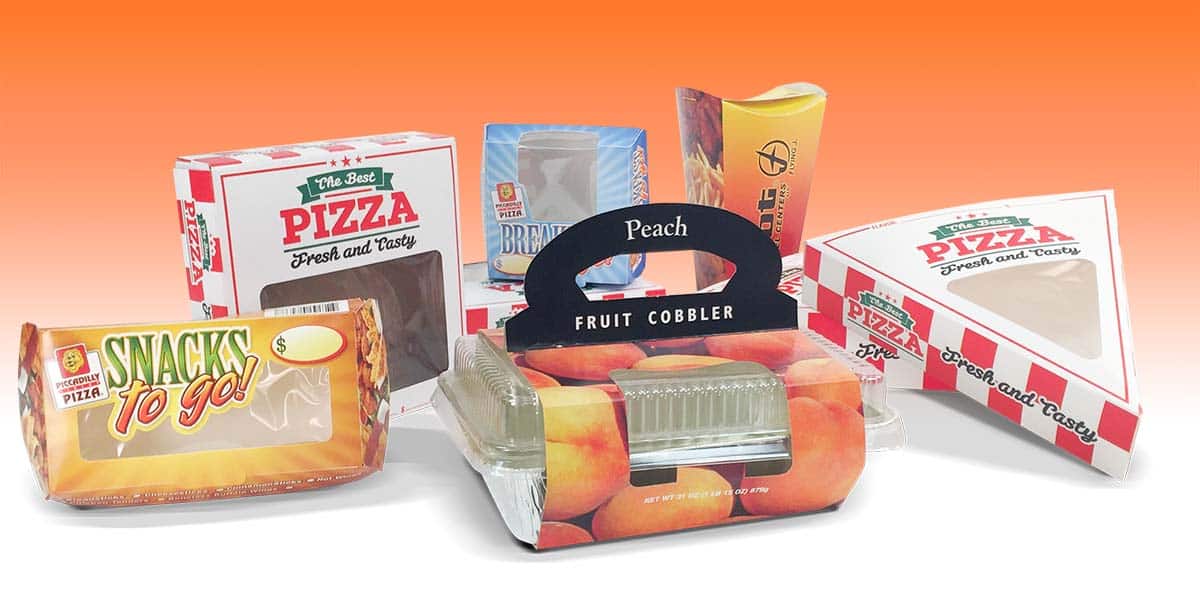In today's fast-paced world, convenience has become a paramount factor influencing consumer behavior. Convenience goods, as a category of products, play a significant role in meeting the immediate needs and desires of consumers. Understanding the characteristics of convenience goods is crucial for businesses aiming to cater to the ever-evolving demands of their target market. In this blog post, we will delve into the distinctive traits of convenience goods, providing valuable insights for both consumers and businesses.
- Frequent Purchases:
One of the primary characteristics of convenience goods is their high frequency of purchase. These products are typically consumed or used on a daily or regular basis. Examples include everyday groceries, toiletries, and household items. The convenience factor lies in the ease of availability and the necessity of replenishing these goods frequently. - Low Price Sensitivity:
Convenience goods are often priced at affordable levels, making them less sensitive to price fluctuations. Consumers prioritize convenience and accessibility over price when it comes to these products. While price may still be a consideration, it is not the primary determining factor for purchase decisions. - Wide Distribution Network:
To ensure maximum convenience, convenience goods are widely distributed through various channels. They are readily available in supermarkets, convenience stores, online platforms, and even vending machines. This extensive distribution network ensures that consumers can easily access these products whenever and wherever they need them. - Brand Loyalty:
Although convenience goods may not be associated with strong brand loyalty, there is still a level of familiarity and trust that influences consumer choices. Consumers tend to stick to brands they are familiar with, as it reduces the decision-making process and provides a sense of reliability. However, brand loyalty in convenience goods is relatively weaker compared to other product categories. - Limited Differentiation:
Convenience goods often have limited differentiation among brands. Since consumers prioritize convenience and ease of purchase, they are less concerned about specific features or unique selling points. As a result, competition in this market segment is primarily based on factors such as price, availability, and brand recognition.
Conclusion:
Understanding the characteristics of convenience goods is essential for businesses aiming to meet the needs of modern consumers effectively. By recognizing the high frequency of purchase, low price sensitivity, wide distribution network, limited differentiation, and the role of brand loyalty, businesses can tailor their strategies to cater to this specific market segment. For consumers, recognizing these traits can help in making informed decisions and optimizing their shopping experiences. Convenience goods continue to shape consumer behavior, and businesses that adapt to these characteristics will thrive in today's competitive market.



